How to Survive a Multi Car Pileup
Part 1 of 3:
Limiting Your Chances of Being in a Multi-Car Pileup
-
 Pick travel conditions wisely. Bad weather, traffic, and road conditions impact the likelihood of a pileup.
Pick travel conditions wisely. Bad weather, traffic, and road conditions impact the likelihood of a pileup.- Avoid driving on slippery wet, icy or snowy roads.
- Try to avoid travel on highways or motorways at peak seasonal travel times.
- Don't drive in white-out blizzard conditions, when it is foggy, when it's raining very heavily, or when there are very high winds.
- Avoid driving in areas that regularly experience bush fires, mudslides or any other natural disasters.
-
 Drive safely. Leave room in front of you for cars and allow faster drivers to overtake you. Stick to the speed limit but drive to the conditions; it's not always safe to drive at the speed limit. Use your headlights, keep your car in good condition, and obey road signs.
Drive safely. Leave room in front of you for cars and allow faster drivers to overtake you. Stick to the speed limit but drive to the conditions; it's not always safe to drive at the speed limit. Use your headlights, keep your car in good condition, and obey road signs. -
 Wear your seat belt whenever you are driving. You are legally required to do this in many countries, but you should do this even if not legally required to do so.
Wear your seat belt whenever you are driving. You are legally required to do this in many countries, but you should do this even if not legally required to do so.- Ensure that everyone else in the vehicle is wearing their seat belt. Even if you are wearing your seat belt, someone else who is not wearing their seat belt could be thrown into you in a collision and cause death or serious injury.
-
 Do not lean against the dashboard. In a collision, the airbags will inflate. When airbags inflate, they shoot out so fast that anyone leaning against the dashboard could be thrown backwards and seriously injured or killed.
Do not lean against the dashboard. In a collision, the airbags will inflate. When airbags inflate, they shoot out so fast that anyone leaning against the dashboard could be thrown backwards and seriously injured or killed. -
 Ensure that the airbags are turned on, however, unless there is a rear-facing child seat fitted in the front passenger seat you should keep them on. (The front seat position for child seats is illegal in many places.) Regardless of legality, rear-facing child seats should always be fitted in the rear of the car if possible.
Ensure that the airbags are turned on, however, unless there is a rear-facing child seat fitted in the front passenger seat you should keep them on. (The front seat position for child seats is illegal in many places.) Regardless of legality, rear-facing child seats should always be fitted in the rear of the car if possible. -
 Do not lean against the sides of the car if there are side/curtain airbags. This is dangerous for the same reasons it is dangerous to lean against the dashboard.
Do not lean against the sides of the car if there are side/curtain airbags. This is dangerous for the same reasons it is dangerous to lean against the dashboard. -
 Avoid placing heavy objects on the rear seats or parcel shelf. These are extremely dangerous if sent flying in a collision. If you have heavy objects, place them in the trunk or tie them down securely so that they cannot move if impacted.
Avoid placing heavy objects on the rear seats or parcel shelf. These are extremely dangerous if sent flying in a collision. If you have heavy objects, place them in the trunk or tie them down securely so that they cannot move if impacted.
Part 2 of 3:
Avoiding a Pileup Accident
-
 Move to the side of the road or off the road to avoid a collision. Avoid drop-offs or oncoming traffic.
Move to the side of the road or off the road to avoid a collision. Avoid drop-offs or oncoming traffic. - Be aware of your surroundings. Always be aware of everything happening around you. It is easy to not be aware of an accident. Always keep your head facing forward, and angle your mirrors to the back of the vehicle, that way you can easily be aware of everything happening.
Part 3 of 3:
Being Safe During a Pileup Accident
-
 Keep your seat belt on at first. There may be further collisions. Always make sure to keep your belt on when in the car. Also, make sure that all passengers have their belts on.
Keep your seat belt on at first. There may be further collisions. Always make sure to keep your belt on when in the car. Also, make sure that all passengers have their belts on. -
 Turn on your emergency lights. This will increase your visibility and give the care behind you a chance to slow down or avoid you.
Turn on your emergency lights. This will increase your visibility and give the care behind you a chance to slow down or avoid you. -
 Watch for cars approaching you from behind. If possible move your vehicle forward or to a safer location.
Watch for cars approaching you from behind. If possible move your vehicle forward or to a safer location.- If your vehicle is sideways, consider unbuckling and moving towards the safest side of the vehicle if you have the opportunity. Attempt to lay down flares or other lighting devices to signal an emergency once outside.
- Evaluate your situation and make a plan. Look for fires or any tanker trucks close to you. See if you are injured.
- Keep the car running as the airbags will not deploy if the car is turned off.
-
 Do not smoke, and also do not allow anyone else to smoke. The pileup may have involved a vehicle which is carrying dangerous goods. You may not be able to tell this just by looking at vehicles, so assume that it is unsafe to light up.
Do not smoke, and also do not allow anyone else to smoke. The pileup may have involved a vehicle which is carrying dangerous goods. You may not be able to tell this just by looking at vehicles, so assume that it is unsafe to light up. -
 Exit the vehicle with caution once you are certain it is unlikely that there will be further collisions. Switch off your engine first.
Exit the vehicle with caution once you are certain it is unlikely that there will be further collisions. Switch off your engine first. -
 If possible, warn other road users. If it is safe to do this, find ways to warn others; for example, using a warning triangle. This will reduce the likelihood of further collisions. Use other lighting devices to alert them.
If possible, warn other road users. If it is safe to do this, find ways to warn others; for example, using a warning triangle. This will reduce the likelihood of further collisions. Use other lighting devices to alert them. -
 Call emergency services right away.
Call emergency services right away.- Administer first aid if necessary until emergency services arrive.
5 ★ | 2 Vote
You should read it
- How to Test a Vehicle Speed Sensor with a Multimeter
- How to Get a Title to an Abandoned Vehicle
- How to Ready Your Vehicle for a Hurricane
- Teddy bears also fool the self-driving system of electric cars
- How to Get the Best Seat in a Movie Theater
- How to Use a Winch
- How to Gift a Vehicle
- How to Prove Ownership of Car
May be interested
- Ways to survive underwater in Minecraft 1.19
 ways to survive underwater in minecraft 1.19, tips to survive underwater in minecraft 1.19, helping players easily explore the area of rivers and lakes and
ways to survive underwater in minecraft 1.19, tips to survive underwater in minecraft 1.19, helping players easily explore the area of rivers and lakes and - Time of multi-touch
 since the advent of iphone, multi-touch technology has created a new wave for multi-touch screens ...
since the advent of iphone, multi-touch technology has created a new wave for multi-touch screens ... - Enable Multi Window on Android 6.0
 the marshmallow version of android is integrated with some outstanding new features, including multitasking window - multi window mode. although this feature has been built into android source code, there is no option to enable the feature at settings or other sections.
the marshmallow version of android is integrated with some outstanding new features, including multitasking window - multi window mode. although this feature has been built into android source code, there is no option to enable the feature at settings or other sections. - 4 ways to write multi-threaded code in Java
 multithreading is a method of writing code to execute multiple tasks in parallel. java offers great support for multi-threaded code writing right from java 1.0 version. recent improvements in java have increased the number of ways that code is structured to combine multiple threads in java programs.
multithreading is a method of writing code to execute multiple tasks in parallel. java offers great support for multi-threaded code writing right from java 1.0 version. recent improvements in java have increased the number of ways that code is structured to combine multiple threads in java programs. - How to extend Clipboard on Chrome with Multi Copy Paste
 multi copy paste is a utility on chrome browser that supports users to expand the number of copies of data to the clipboard, up to 10 different copying data.
multi copy paste is a utility on chrome browser that supports users to expand the number of copies of data to the clipboard, up to 10 different copying data. - 5 best multi-port USB chargers in 2024
 tired of tangled cords and outlet battles? eliminate clutter with a multi-port usb charger. these compact devices keep your phone, tablet, laptop, etc. organized, freeing up outlets and helping you avoid unnecessary clutter.
tired of tangled cords and outlet battles? eliminate clutter with a multi-port usb charger. these compact devices keep your phone, tablet, laptop, etc. organized, freeing up outlets and helping you avoid unnecessary clutter. - Deploy multi-factor authentication to remote Microsoft Teams users
 in this article, readers will learn how to apply multi-factor authentication to all remote users in microsoft teams. the same principle can be applied to any other application based on azure active directory.
in this article, readers will learn how to apply multi-factor authentication to all remote users in microsoft teams. the same principle can be applied to any other application based on azure active directory. - What is multi-personality disorder?
 in a living body, there are many different personalities representing many different people coexist. this strange fact is true for people with a rare multiple personality disorder (mpd), also known as the dissociative identity disorder (did).
in a living body, there are many different personalities representing many different people coexist. this strange fact is true for people with a rare multiple personality disorder (mpd), also known as the dissociative identity disorder (did). - How to Survive a Car Accident as a Pedestrian
 so you want to know how to survive a car accident as a pedestrian? though there will always be several factors you can't control, it is possible to increase your odds of survival. seek to protect your head. broken bones and internal...
so you want to know how to survive a car accident as a pedestrian? though there will always be several factors you can't control, it is possible to increase your odds of survival. seek to protect your head. broken bones and internal... - Tips to help players survive in Five Nights at Freddy's
 with limited powers, everyone will need to survive the night without being attacked by fearsome characters that move in free-flowing mode at night, keeping a close eye on their location.
with limited powers, everyone will need to survive the night without being attacked by fearsome characters that move in free-flowing mode at night, keeping a close eye on their location.



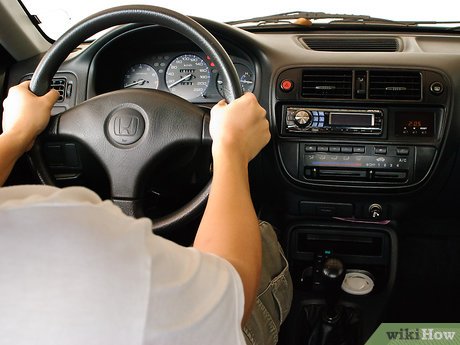
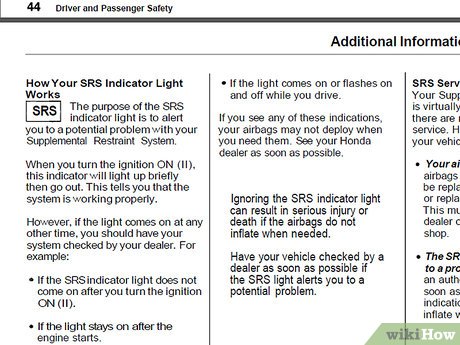
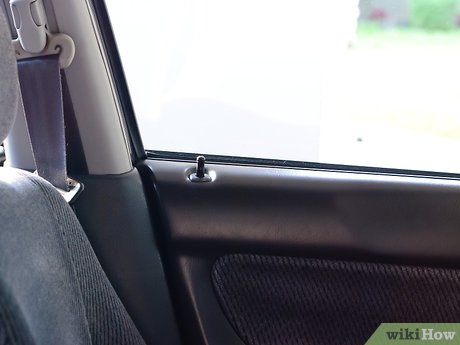
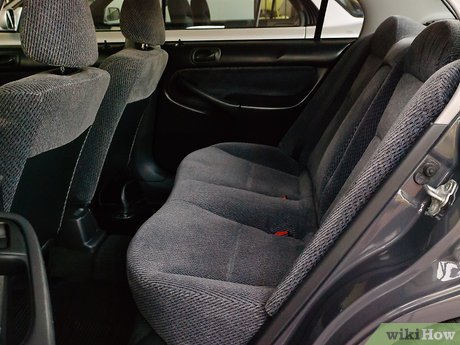

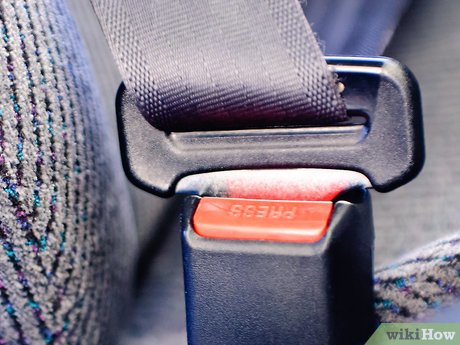


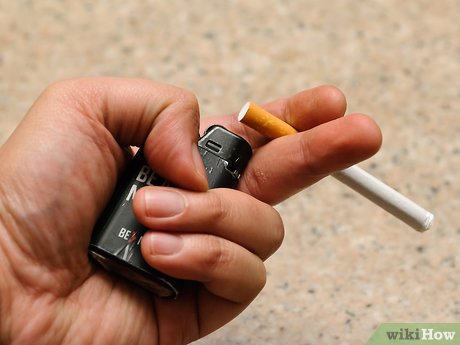
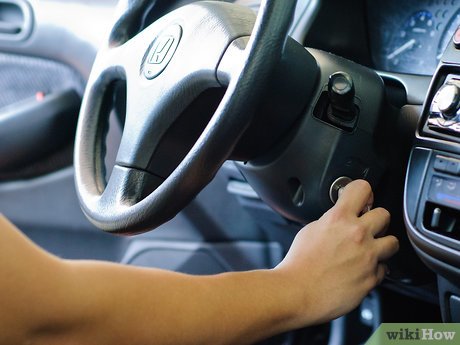
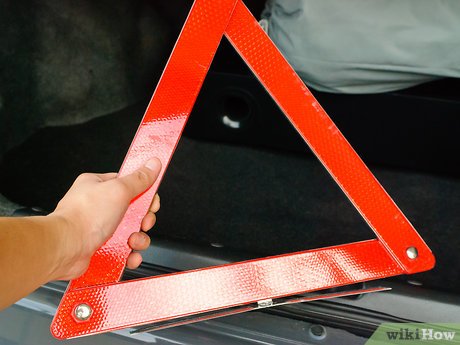











 How to Achieve a Settlement After Being Involved in a Truck Accident
How to Achieve a Settlement After Being Involved in a Truck Accident How to Make Car Accident Claims
How to Make Car Accident Claims How to Handle a Fender Bender
How to Handle a Fender Bender How to Handle Yourself After a Motorcycle Accident
How to Handle Yourself After a Motorcycle Accident How to Survive a Motorbike Crash
How to Survive a Motorbike Crash How to Make an Accident Report
How to Make an Accident Report